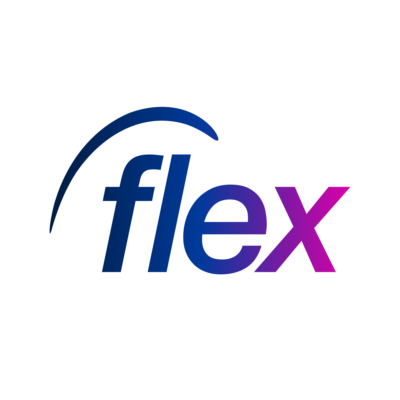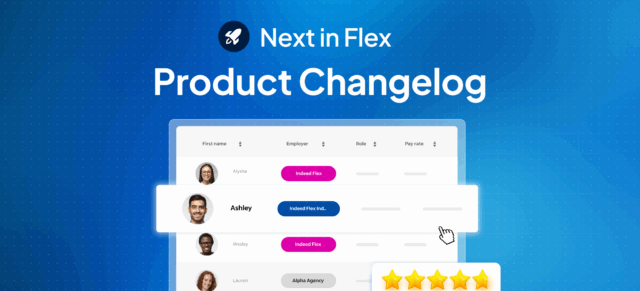
Procurement has shifted from a focus on cost and efficiency to building resilient, ethical supply chains that deliver long-term value. Supplier accountability now means creating long-lasting transparent partnerships where shared goals and mutual success are prioritised. This article outlines best practices to help procurement professionals hold suppliers accountable for performance, while maintaining those strong relationships.
Why supplier accountability is more than just an operational task
When approached strategically, supplier accountability shields organisations from legal, ethical, and reputational risks while providing long-term value.
A strong accountability framework is essential for several reasons:
- Brand reputation: Both consumers and stakeholders expect transparency and ethical conduct throughout the supply chain. Any supplier misstep — such as employment law violations or environmental harm — can quickly become public knowledge, damaging your brand and eroding trust.
- Regulatory compliance: New regulations, such as the EU’s Corporate Sustainability Due Diligence Directive (CS3D), require companies to proactively address human rights and environmental risks within their supply chains. Non-compliance can result in fines and legal action.
- Risk mitigation: Frameworks like ISO 31000 highlight the need for structured risk assessment and mitigation strategies, which are only possible when suppliers are held to clear, consistent standards.
- Competitive advantage: Organisations with accountable, high-performing suppliers can respond more swiftly to market disruptions and maintain quality standards much better than those with fragmented supply chains.
How to build a robust supplier accountability framework
Accountability starts with a clear, collaborative foundation. A well-structured framework sets the stage for successful partnerships and continuous improvement.
Establishing crystal-clear expectations with key performance indicators (KPIs)
Defining and agreeing on KPIs at the outset ensures everyone understands what success looks like.
- Broaden your metrics: Move beyond cost and delivery to include KPIs such as:
- Quality defect rates
- Order accuracy
- Compliance adherence scores
- For staffing suppliers: worker satisfaction scores, time-to-fill, and staff quality ratings
- Mutual agreement: Collaboratively develop KPIs with your suppliers and formally document them in contracts and service level agreements (SLAs).
- Transparency: Share performance data regularly so suppliers can address any issues alongside you.
The power of collaborative supplier relationship management (SRM)
Accountability is most effective when it’s built on trust and open dialogue. This is where Proactive SRM comes in.
- Two-way reviews: Schedule regular, structured meetings to discuss performance, review KPIs, and identify opportunities for joint improvement.
- Recognition and support: Celebrate supplier successes and collaborate on overcoming challenges, reinforcing a partnership approach.
- Holistic view: Extend these principles to contingent staffing, where HR and procurement can jointly drive workforce productivity and satisfaction.
Conducting meaningful supplier audits for continuous improvement
Supplier audits are offer ideal opportunities for growth and improved performance.
- Comprehensive assessments: Include quality system audits, financial health reviews, and ethical/social audits (employment practices, environmental impact).
- Continuous improvement: Use audit findings to identify risks and implement corrective actions, not just penalise non-compliance.
- Standardisation: Adopt structured audit methodologies, such as those promoted by NIGP: The Institute for Public Procurement, to ensure consistency and credibility.
This proactive approach demonstrates a commitment to transparency and ethical procurement, aligning supplier practices with your organisation’s values.
Using technology for greater visibility and compliance
Modern supply chains demand more than manual oversight. Technology is essential when it comes to supplier accountability, delivering real-time insights and automating complex processes.
Centralising data with supplier management platforms
A single, unified platform is essential for visibility and control.
- Centralise information: Supplier management platforms and Vendor Management Systems (VMS) store all contracts, performance data, compliance documents, and communications in one place.
- Streamline contingent staffing: For organisations juggling multiple staffing agencies, a platform such as Indeed Flex offers a dedicated VMS to consolidate supplier management. This provides procurement teams with clear, actionable insights into spend, performance, and compliance across temporary workforce programmes.
- Improve decision-making: Centralised data supports faster, more informed decisions, reducing the risk of errors and issues further down the line.
For a deeper dive, read our blog on transforming contingent workforce management through technology in 2025.
Using data analytics to drive performance and mitigate risk
Analytics transform raw data into actionable intelligence.
- Automated tracking: Analytics tools monitor KPIs, benchmark suppliers, and flag any problems in real time.
- Proactive risk management: Early identification of downward trends enables intervention before issues escalate, supporting supply chain resilience.
- Strategic insights: Identify top-performing suppliers for closer collaboration, and address underperformance with targeted improvement plans.
As highlighted by Forbes, technology platforms that provide a complete workforce overview allow organisations to spot trends and respond swiftly.
Embedding ethical procurement and sustainability into your accountability model
Supplier accountability means holding partners to high ethical and sustainability standards, not just operational targets.
- Supplier code of conduct: Develop comprehensive guidelines covering fair employment, environmental stewardship, data security, and anti-corruption. Make adherence a contractual requirement.
- Framework alignment: Reference established standards like ISO 20400 for responsible purchasing, to guide your approach.
- Ongoing training and engagement: Educate suppliers on your expectations and support them in meeting these standards.
- Transparency and reporting: Publicly share your progress and commitments, such as through modern slavery statements.
Supplier accountability, in summary
Building supplier accountability in 2025 demands strategic collaboration. By establishing clear KPIs, encouraging open communication, and using technology for real-time insights, organisations can achieve greater visibility, mitigate risks, and improve supplier performance. This proactive, partnership-driven approach not only ensures compliance and ethical practices but also helps to create long-term value across the supply chain.
If you want to build greater supplier accountability into your existing supply chain, speak to us about how you can unify all suppliers on the one platform, for a greater overview of performance and overall spend.








